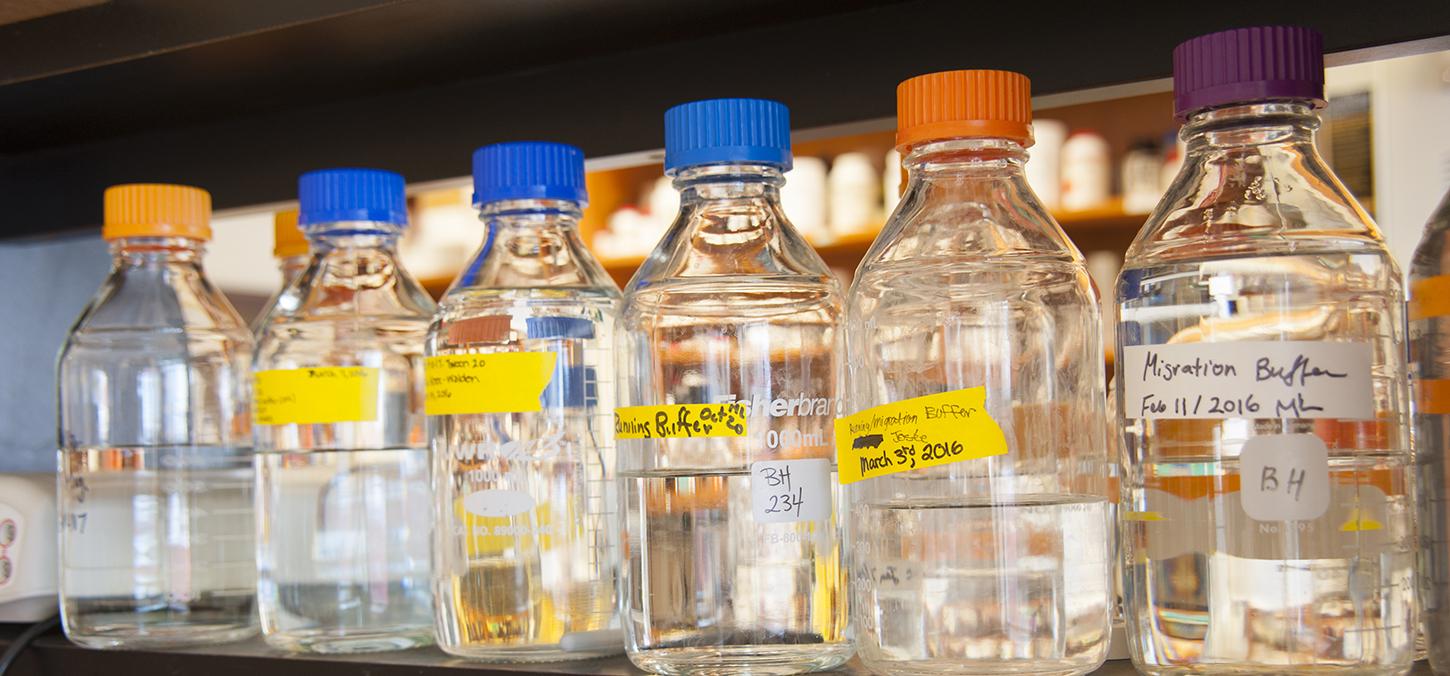
Enamel regeneration project wins Colgate Palmolive research grant
Imagine a scaffold built from DNA nanostructures that attracts towards it—like a black hole—proteins and other building blocks essential for forming enamel. From the way these scaffolds are constructed, the nanostructures can also organize the materials it pulls towards it in precise ways, allowing the materials to coalesce in a way that naturally mimics the body’s creation of enamel. This is the future-forward research program of Assistant Professor Karina Carneiro, which late last month was awarded a $30K USD grant from Colgate Palmolive.
Carneiro’s project will further research on self-assembling DNA nanostructures. She hopes that DNA scaffolds will organize materials in such a way that it attracts molecules known to create enamel, such as calcium and phosphate.
“The hypothesis is that because we can arrange these materials with nanometer precision, we can more exactly mirror what happens in vivo.”
Carneiro will also collaborate with Professor Bernhard Ganss. The two labs will investigate whether combining amelotin, a mineral-promoting enamel protein discovered by Ganss, with the DNA scaffolds could represent a novel new strategy for regenerating mineralized tissues.
“This is a great example of how collaborations can create exciting opportunities to advance the field of dental research,” says Ganss, who is also Vice-Dean, Research of the Faculty of Dentistry.
While the research aims to better understand how enamel forms, a long-term vision of the project has a distinctly translational component. “I dream of the day we can put patches or networks on a decaying tooth that will help regenerate the enamel. The body will regenerate itself using DNA as the guide,” says Carneiro.